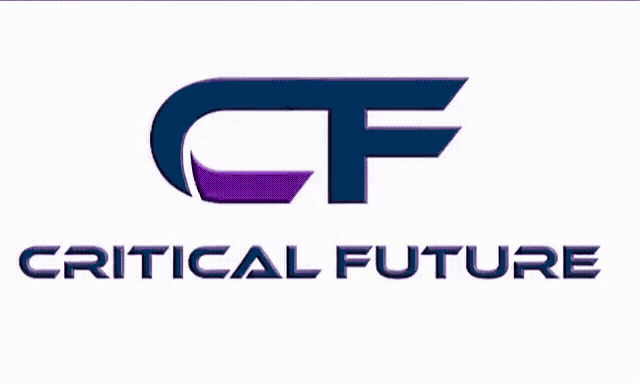AI in Predictive Maintenance: Transforming Industries with Intelligent Insights
- January 16, 2025
- Posted by: Mai - CF Brand Ambassador
- Category: Daily Blogs
Predictive maintenance is one of the most compelling applications of AI and machine learning in the modern industrial landscape. By leveraging advanced analytics, machine learning models, and real-time data, industries can foresee equipment failures, optimize maintenance schedules, and significantly reduce downtime. Here’s a closer look at how AI is transforming predictive maintenance across various industries, providing businesses with intelligent insights and substantial cost savings.
The Problem with Traditional Maintenance Approaches
Traditional maintenance strategies can be broadly categorized into reactive and preventive maintenance. Reactive maintenance involves repairs only after equipment has failed, often leading to unplanned downtimes and costly emergency repairs. On the other hand, preventive maintenance is conducted based on a set schedule, irrespective of the actual equipment condition. This can result in unnecessary maintenance activities and increased costs due to excessive replacements or repairs.
In both cases, the lack of precise information about equipment health and maintenance needs can lead to inefficient operations and financial losses. Companies need an approach that optimizes maintenance schedules based on real conditions and data-driven insights, which is where AI comes into play with predictive maintenance.
AI-Driven Predictive Maintenance Solutions
Predictive maintenance uses data from various sources, such as IoT sensors, historical data, and environmental information, to predict equipment failures before they happen. By applying machine learning algorithms to these data, predictive maintenance can assess the health of machinery and forecast when maintenance should be performed.
Key technologies used in AI-driven predictive maintenance include:
- IoT Sensors: Collect real-time data on equipment performance and environmental conditions.
- Machine Learning Models: Analyze data patterns to predict failures and suggest maintenance schedules.
- Big Data Analytics: Process large datasets to uncover hidden patterns and insights.
- Edge Computing: Enables data processing closer to the source, reducing latency and bandwidth usage.
Benefits of Implementing AI in Predictive Maintenance
Adopting AI for predictive maintenance offers numerous benefits:
- Reduced Downtime: Predictive maintenance helps in planning maintenance activities without affecting production schedules, thus minimizing equipment downtime.
- Cost Efficiency: By predicting failures accurately, businesses can avoid expensive repairs and unnecessary maintenance, leading to significant cost savings.
- Extended Equipment Life: Timely maintenance based on predictive insights prolongs the lifespan of machinery.
- Improved Safety: Early detection of equipment issues reduces the risk of accidents and ensures safer working environments.
- Enhanced Productivity: With fewer interruptions and a well-maintained fleet of equipment, productivity levels increase.
Challenges in Implementing Predictive Maintenance
Despite its benefits, implementing AI-driven predictive maintenance isn’t without challenges:
- Data Quality and Quantity: Successful predictive maintenance relies on clean, high-quality data, which can be challenging to gather and maintain.
- Integration with Legacy Systems: Many industrial operations use outdated systems that may not easily integrate with modern AI and IoT solutions.
- Initial Investment Costs: The upfront costs of installing sensors, developing models, and configuring systems might be a barrier for some businesses.
- Skill Gap: There is a need for skilled personnel who understand both the technical and operational aspects of AI and predictive maintenance.
Industries Benefiting from Predictive Maintenance
Various industries have begun to harness AI within their predictive maintenance programs, realizing substantial benefits. These industries include:
- Manufacturing: Equipments such as conveyor belts, motors, and pumps are monitored to prevent downtime and optimize output.
- Transportation: Predictive maintenance in fleets helps prevent unexpected breakdowns and reduces costs associated with delayed shipments.
- Energy Sector: Monitoring of turbines, generators, and transformers ensures consistent energy supply and reduces risks of failures.
- Healthcare: Medical equipment maintenance is critical, and predictive algorithms help in ensuring the equipment is always operational.
Future Trends in Predictive Maintenance
The future of predictive maintenance looks promising with continued advancements in AI and machine learning. As technologies evolve, companies can expect even more precise predictions and increased automation in maintenance processes. Integration with augmented reality (AR) for visualization, advanced robotic tools for repairs, and deeper insights through AI-driven analytics are potential growth areas in the field of predictive maintenance.
Moreover, as the cost of AI technology continues to decrease and the ecosystem of connected devices expands, predictive maintenance will become more accessible even to smaller enterprises, democratizing the benefits across industries globally.
Critical Future has experience in this type of AI and can be contacted at info@criticalfuture.co.uk.
